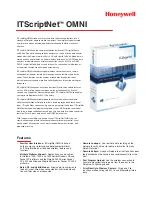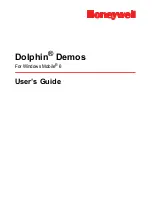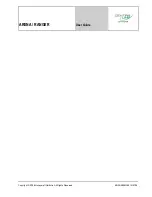
ÎÂb×XÎ
ÎÂb×XÎ
}Ð
Automatic rotation—The image is automatically rotated 90 °, 180° or 270° if this
would result in a better fit on the currently selected paper size.
Automatic tray selection—The TIFF emulation can select the paper size closest
to the image size.
Annotation on TIFF images—Annotation capabilities allow you to overlay a TIFF
image with up to four text annotations without having to decompress the image.
Annotations must have the same orientation as the image, and they must be
placed within the paper’s imageable area.
»
Note:
Only one CCITT font is available for annotation.
Image reversal—Image reversal capability allows you to change all black pixels in
an image to white pixels and all white pixels to black pixels.
/,Ì/×ÂÎ
Emulation Sensing Processor (ESP) technology is a standard feature of Crown
architecture. ESP technology, which works with most popular commercially available
applications, uses a form of artificial intelligence to analyze incoming file data and
select the appropriate printer emulation (for example, TIFF, CALS, CCITT, PostScript,
HP-GL, HP PCL, or an optional emulation) from those installed on the printer. The
print job is processed without your having to change printer switch settings or send
software commands to accommodate different printer emulations.
When your printer is in ESP mode, you can easily print TIFF, CALS, and CCITT files
as well as files prepared for a PostScript printer, an HP LaserJet, or an HP-GL plotter.
Your Crown printer prints almost any file sent in a language ESP technology under-
stands, whether you have one, two, or more hosts, and whether you are communicat-
ing through a parallel, serial, AppleTalk, Ethernet, or Token-Ring interface. Most users
never have to change from ESP mode to another mode.
Summary of Contents for ImageServer
Page 1: ... pææzp ææ k kÂÝk ÅÎ Î Ì bÌ3Åk ÅÌ bk ...
Page 6: ......
Page 7: ... QWURGXFWLRQ Q 7KLV KDSWHU About ImageServer on page 1 2 About this Manual on page 1 2 ...
Page 10: ......
Page 22: ......
Page 42: ......












































